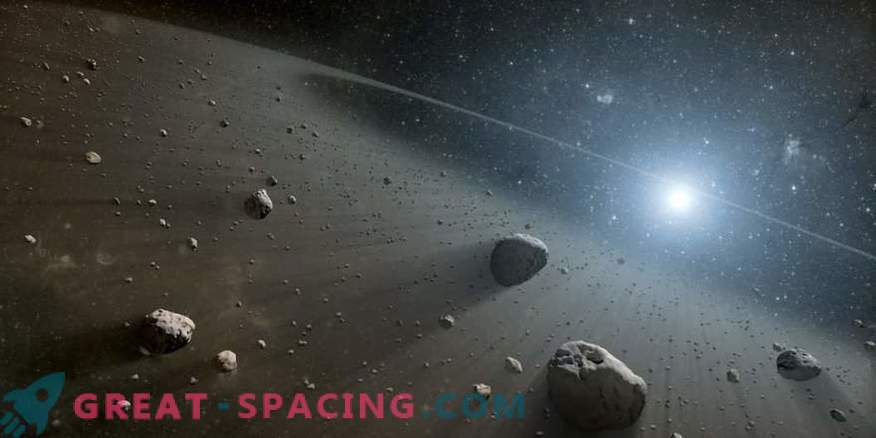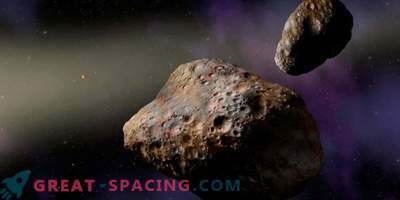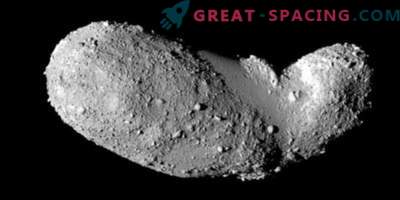found

Brazilian scientists found new asteroid families using numerical simulations to process current data to return to the era of asteroid formation
Researchers from the State University of San Pula (Brazil) were able to find four families of extremely young asteroids. For the search, we used numerical simulation with the method of backward integration (BIM), which is much more accurate than other methods, meets with asteroid families. But BIM only works for extremely young objects that are less than 20 million years old. Until recently, only 8 families were recorded with its help, now there are 13 of them.
The objects of new families by age reach less than 7 million years and rotate in orbit between Mars and Jupiter as part of the main asteroid belt. The key parameters of dating were the longitude of the pericenter (approaching the Sun) and the ascending node (the point where the orbit crosses from the south side of the reference plane to the north).
When an asteroid family is formed, all pericenter and ascending nodes are aligned. But as evolution proceeds, the alignment is lost due to gravitational perturbations created by the planets and some large asteroids. BIM allows you to return in time using numerical simulation to restore the period in which the parameters were aligned and thus to date the asteroid family. In addition to the new four families, scientists studied 55 families identified by other scientific teams. They created a diagram that with great accuracy distinguishes families formed by the events of the collision and the collapse of the main body. When an asteroid collides, one or two can be fragmented, leading to the creation of a family with several objects. But in the event of a crash, we have an ejection of material from the original large object. One of the four new families was created due to the collision.
Motion Resonance
The main belt is an unusual asteroid niche with more than 700 known objects. The number is growing constantly due to improved search methods (you can count a million). Asteroids are far from even distribution. Different belts were formed inside the main one due to the complex gravitational contact of many bodies and the influence of Jupiter’s powerful gravitational field.
An important motor mechanism is the phenomenon of medium motion resonance. It occurs when two bodies, rotating around the third, are endowed with close orbital periods. Resonances create empty spaces in the radial distribution of asteroids. They are called Kirkwood Slots in honor of astronomer Daniel Kirkwood, who identified and explained these zones in the main belt. About 33-35% of asteroids in the main belt belong to families. There are more than 120 recognizable families and dozens of statically less significant groups. Large families have hundreds of members, and small ones can be limited to a dozen. The age of families ranges from a few to hundreds of millions of years. The oldest dates back to 4 billion years, which had to participate in the first stage of the formation of the solar system.











































